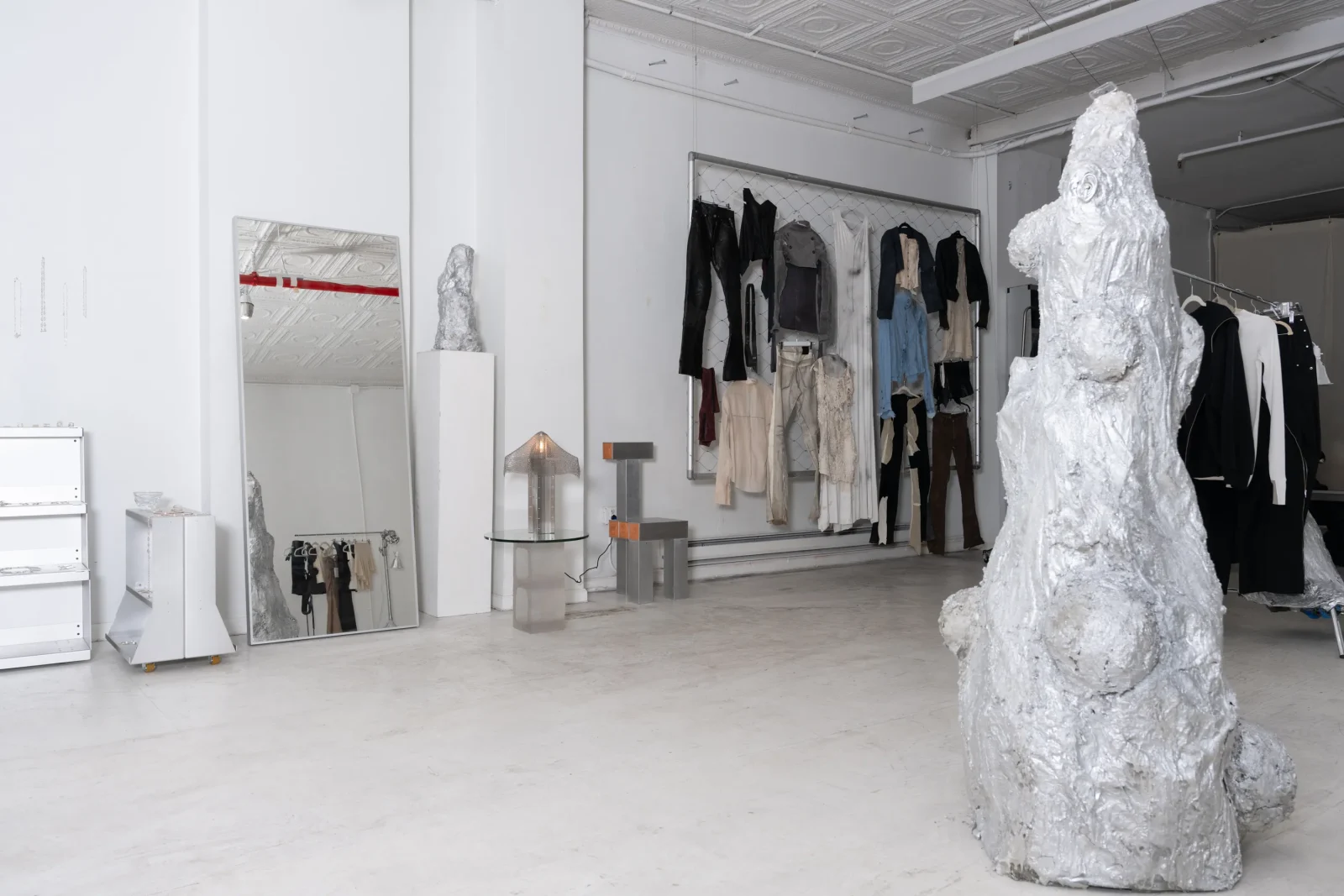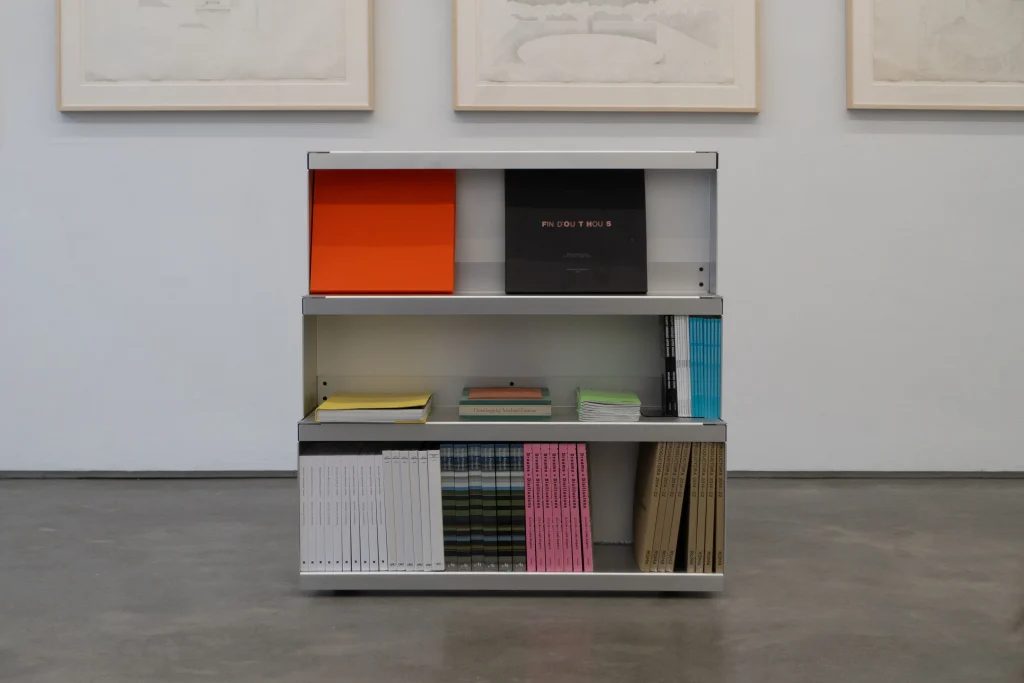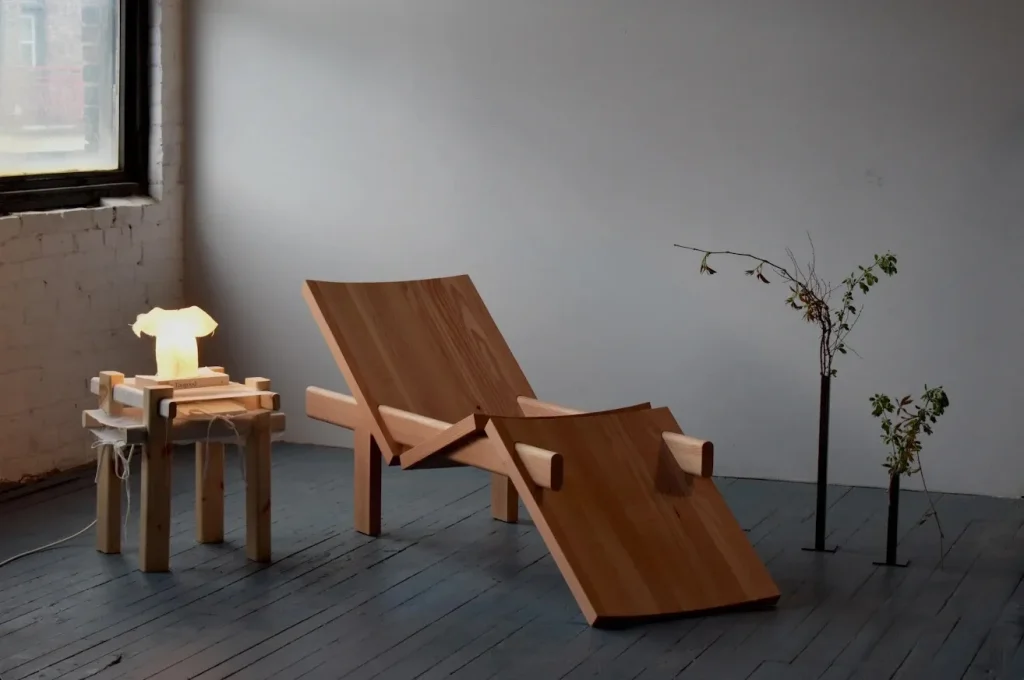
Design Inheritance: Melissa Robelo on Lineage and the Language of Form
There’s a photograph Melissa Robelo carries in her mind—her great-grandfather’s office in Nicaragua, where mid-century furniture lived alongside pre-Columbian artifacts. She was too young then to understand what she was seeing, but the image stayed with her: a space where intention met identity, where the past conversed with the present through carefully chosen objects. Decades later, as she works from her Miami studio, that memory feels like prophecy. Robelo has built her practice on the same principle her great-grandfather seemed to understand intuitively—that design is never just about the object itself, but about the stories it carries and the conversations it starts.


Between Worlds
Born during her parents’ exile from Nicaragua’s civil war, Robelo has spent her life navigating the space between cultures. “I’ve always lived between places—between cultures, languages, and ways of seeing the world,” she says. That duality became her creative compass, shaping a design language that reflects “softness and strength, tradition and experimentation.”
At Pratt Institute, she encountered the tension between institutional validation and personal instinct. A professor warned her not to lose “the intuitive spark that makes a designer unique.” The breakthrough came when she stopped designing what felt “correct” and started designing what felt true—like a convexity study that began as rough clay and evolved into something poetic.
Working with Patricia Urquiola and Jonathan Adler taught her “endless, untethered creativity”—the fearlessness to follow vision without compromise. But Robelo’s interpretation of fearlessness looks different. Her aesthetic—”timeless, feminine, and detail-obsessed”—reflects confidence in letting subtlety do the heavy lifting.






The Language of Materials
Robelo gravitates toward natural materials—stone, ceramic, wood—because “they carry a quiet depth and warmth.” These choices connect her to something ancestral, to the understanding that objects should age beautifully rather than become obsolete.
Her Le Lune lamp, featured in the 15 Minutes of Fame exhibition at 3daysofdesign, embodies this philosophy. The piece took years to develop, emerging from a moment in the Arizona desert where stillness, moonlight, and memories of her great-grandfather’s work converged. She chose Italian marble and wood for the base, hand-finished brass for the shade—each material selected not just for beauty, but for its ability to improve with time.
“One question I often ask myself is: Is this something my children—or even my grandchildren—would treasure?” This isn’t nostalgia but responsibility—to materials, craftspeople, and eventual owners who will live with these objects for decades.






Objects as Storytellers
For Robelo, design becomes storytelling when it carries emotion, memory, or sense of place. She doesn’t always begin with literal narrative, but there’s usually a feeling she’s translating—”the desert light that inspired Le Lune, or a cultural memory, like the rocking chairs in my grandmother’s home.”
The Persona exhibition explores exactly this territory—objects functioning as character studies, carrying personality beyond immediate function. When asked to describe Le Lune as a persona, Robelo doesn’t hesitate: “She’d be a muse—quietly magnetic and full of quiet presence. She doesn’t speak loudly, but she leaves a lasting impression.”
Her Nicaraguan heritage surfaces both consciously and unconsciously in her work. Sometimes it’s literal—reinterpreting traditional forms. Other times it’s atmospheric—”the warmth of the culture, the colors, the rhythm of everyday life.” This isn’t cultural tourism but understanding that aesthetic preferences are rooted in early experiences, in familiar rhythms of daily life.








Cultural Inheritance
Robelo sees herself as “a continuation of a creative thread that runs through my family—one shaped by poets, painters, fashion designers, architects, and chefs.” The thread connects not through style but through values—”the value we place on expression, storytelling, and beauty in all its forms.”
As she looks toward the future, she thinks about legacy as cultural contribution. “I hope to leave behind work that lasts—designs that feel considered, thoughtful, and relevant over time,” she says. Her vision extends beyond individual practice to encouraging others to “create from who they are.” In her Miami studio, surrounded by the cultural richness that drew her to the city, Robelo continues building her language of form. Each piece carries forward the conversation her great-grandfather started—that objects can hold memory, create connection, and bridge the space between where we come from and where we’re going.
When visitors encounter her work in the 15 Minutes of Fame exhibition, they’ll witness this philosophy in action: objects that function beautifully while carrying deeper currents, pieces that understand their role not just as furniture or lighting, but as quiet participants in the ongoing story of how we live, remember, and create meaning through the things we surround ourselves with.




Melissa Robelo will be featured in the 15 Minutes of Fame exhibition during 3daysofdesign, exploring how collectible design can serve as a mirror for the self through a vivid, multisensory journey of psychological archetypes.
-

 Aperture Protocol – Aluminum Floor Lamp
Aperture Protocol – Aluminum Floor Lamp -

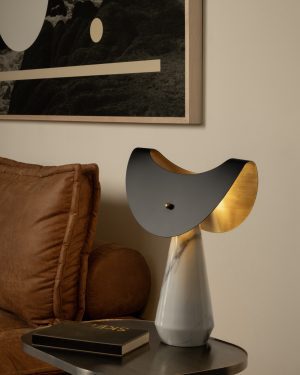 Le Lune – Marble Table Lamp
Le Lune – Marble Table Lamp -

 Nascar Table Lamp
Nascar Table Lamp -

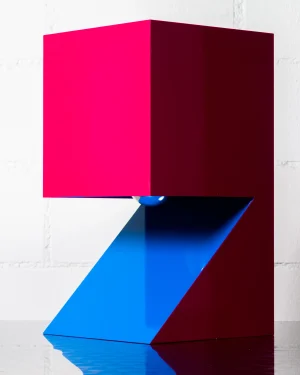 Nefertiti – Modular Magnetic Lamp
Nefertiti – Modular Magnetic Lamp -

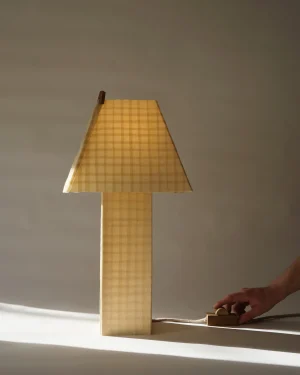 Grid Lamp
Grid Lamp -

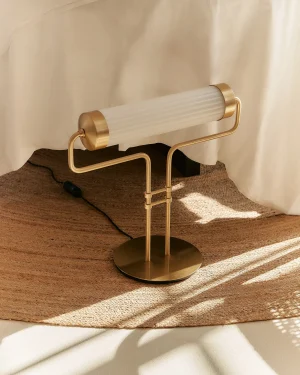 Tatì – Brass And Blown Glass Table Lamp
Tatì – Brass And Blown Glass Table Lamp -

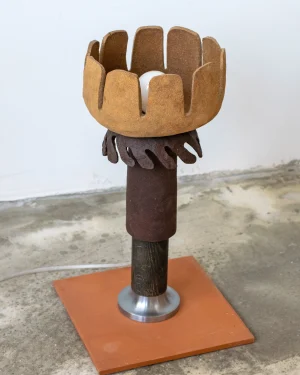 Giria Flower Lamp
Giria Flower Lamp -

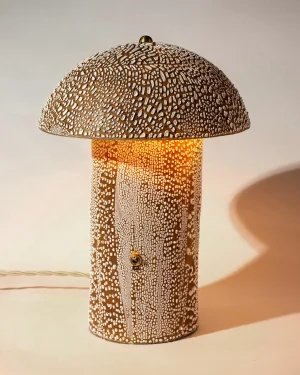 Ceramic Crackle Mushroom Lamp, Red Clay
Ceramic Crackle Mushroom Lamp, Red Clay -

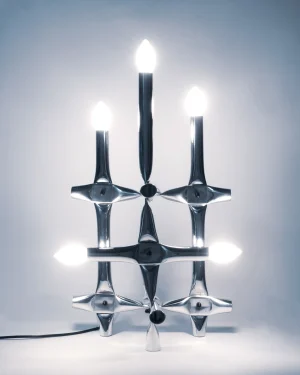 Miniquetschi 8/5 – Aluminium Table Lamp
Miniquetschi 8/5 – Aluminium Table Lamp -

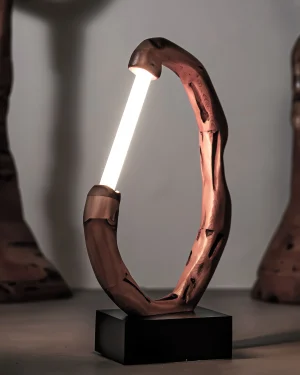 Cypress Table Lamp
Cypress Table Lamp -

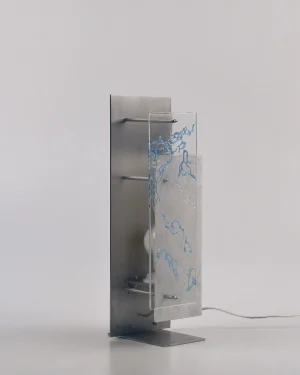 Refractions
Refractions -

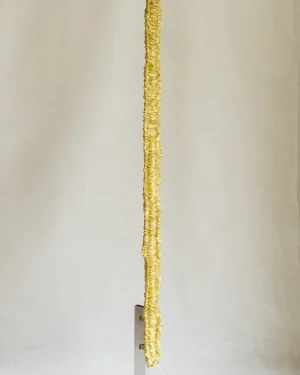 Knock Off Neon — Floor Lamp
Knock Off Neon — Floor Lamp -

 Piscatio – Floor Lamp
Piscatio – Floor Lamp -

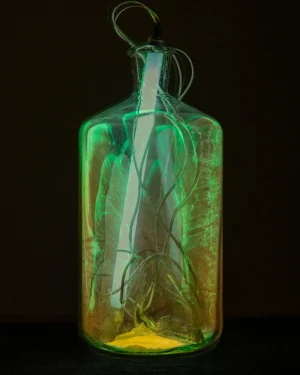 Äther Lucifer
Äther Lucifer -

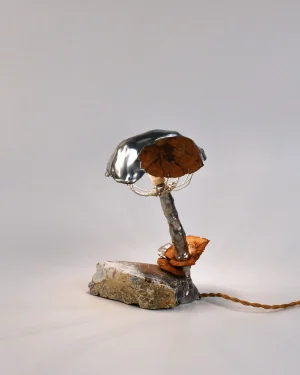 Mushroom Lamp No. 1
Mushroom Lamp No. 1 -

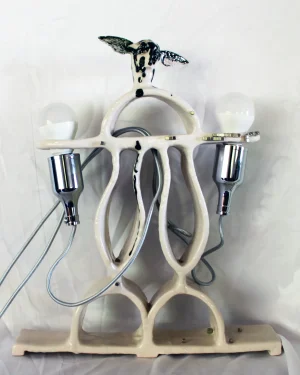 “Equilibrium” – Table Lamp
“Equilibrium” – Table Lamp
